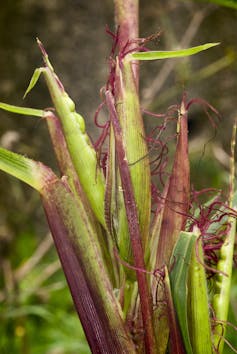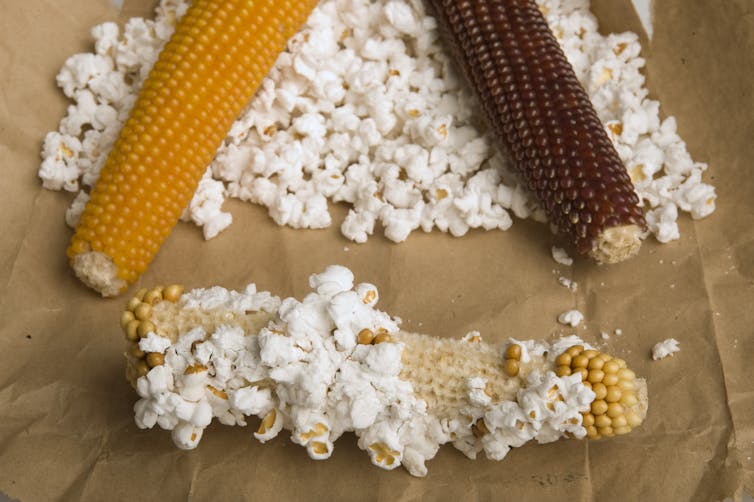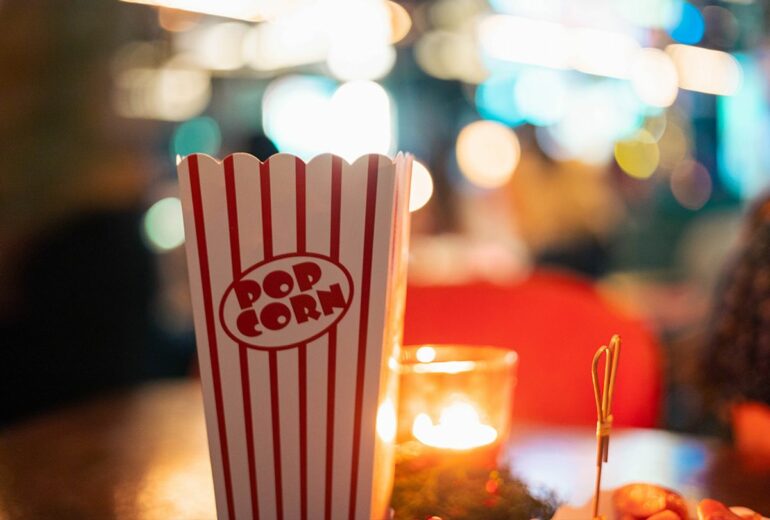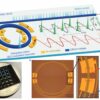
Curious Kids is a series for children of all ages. If you have a question you’d like an expert to answer, send it to [email protected].
How was popcorn discovered? – Kendra, age 11, Penn Yan, New York
You have to wonder how people originally figured out how to eat some foods that are beloved today. The cassava plant is toxic if not carefully processed through multiple steps. Yogurt is basically old milk that’s been around for a while and contaminated with bacteria. And who discovered that popcorn could be a toasty, tasty treat?
These kinds of food mysteries are pretty hard to solve. Archaeology depends on solid remains to figure out what happened in the past, especially for people who didn’t use any sort of writing. Unfortunately, most stuff people traditionally used made from wood, animal materials or cloth decays pretty quickly, and archaeologists like me never find it.
We have lots of evidence of hard stuff, such as pottery and stone tools, but softer things – such as leftovers from a meal – are much harder to find. Sometimes we get lucky, if softer stuff is found in very dry places that preserve it. Also, if stuff gets burned, it can last a very long time.
Corn’s ancestors
Luckily, corn – also called maize – has some hard parts, such as the kernel shell. They’re the bits at the bottom of the popcorn bowl that get caught in your teeth. And since you have to heat maize to make it edible, sometimes it got burned, and archaeologists find evidence that way. Most interesting of all, some plants, including maize, contain tiny, rock-like fragments called phytoliths that can last for thousands of years.

The ancestor of maize was a grass called teosinte.
vainillaychile/iStock via Getty Images Plus
Scientists are pretty sure they know how old maize is. We know maize was probably first farmed by Native Americans in what is now Mexico. Early farmers there domesticated maize from a kind of grass called teosinte.
Before farming, people would gather wild teosinte and eat the seeds, which contained a lot of starch, a carbohydrate like you’d find in bread or pasta. They would pick teosinte with the largest seeds and eventually started weeding and planting it. Over time, the wild plant developed into something like what we call maize today. You can tell maize from teosinte by its larger kernels.
There’s evidence of maize farming from dry caves in Mexico as early as 9,000 years ago. From there, maize farming spread throughout North and South America.
Popped corn, preserved food
Figuring out when people started making popcorn is harder. There are several types of maize, most of which will pop if heated, but one variety, actually called “popcorn,” makes the best popcorn. Scientists have discovered phytoliths from Peru, as well as burned kernels, of this type of “poppable” maize from as early as 6,700 years ago.

…



